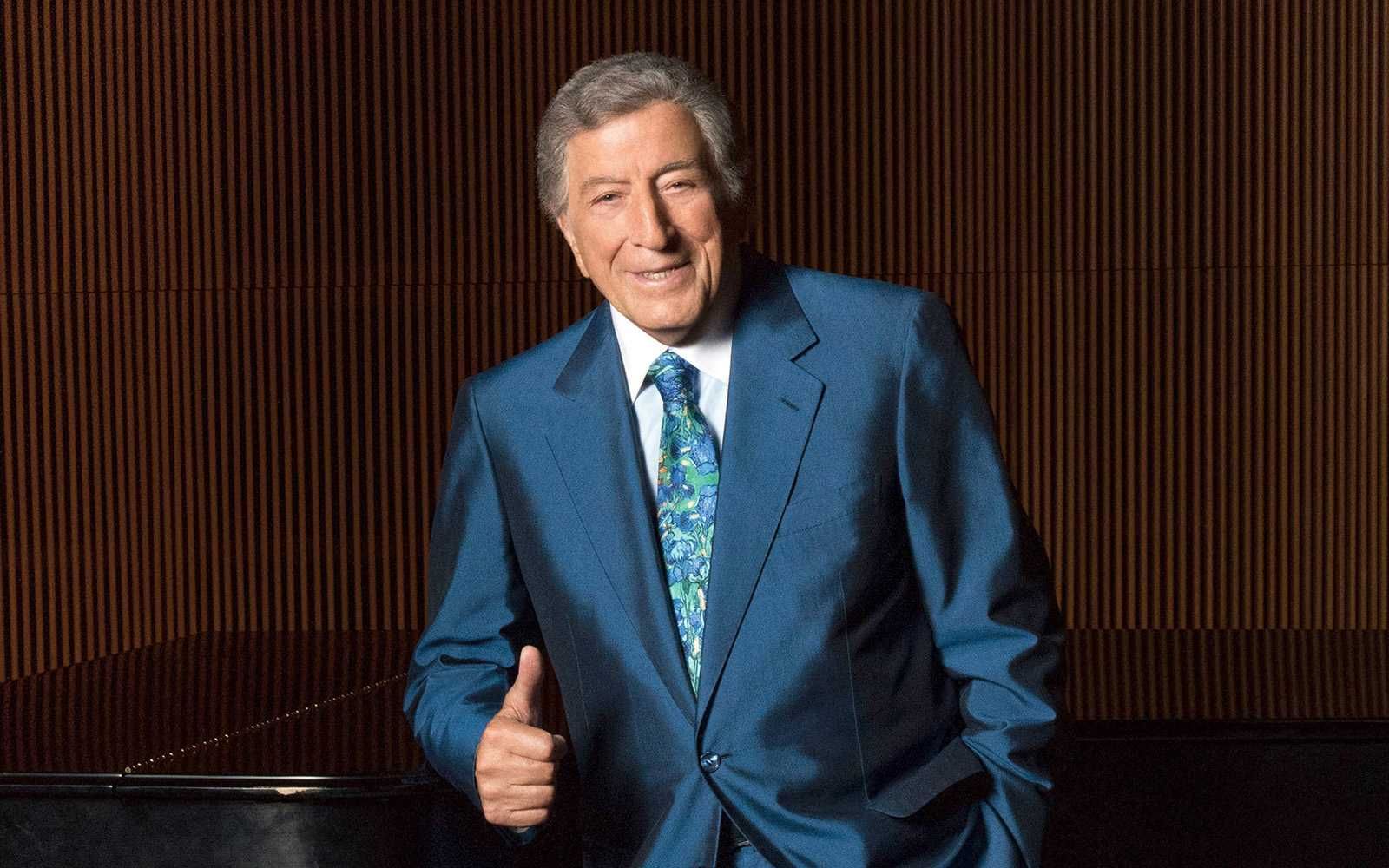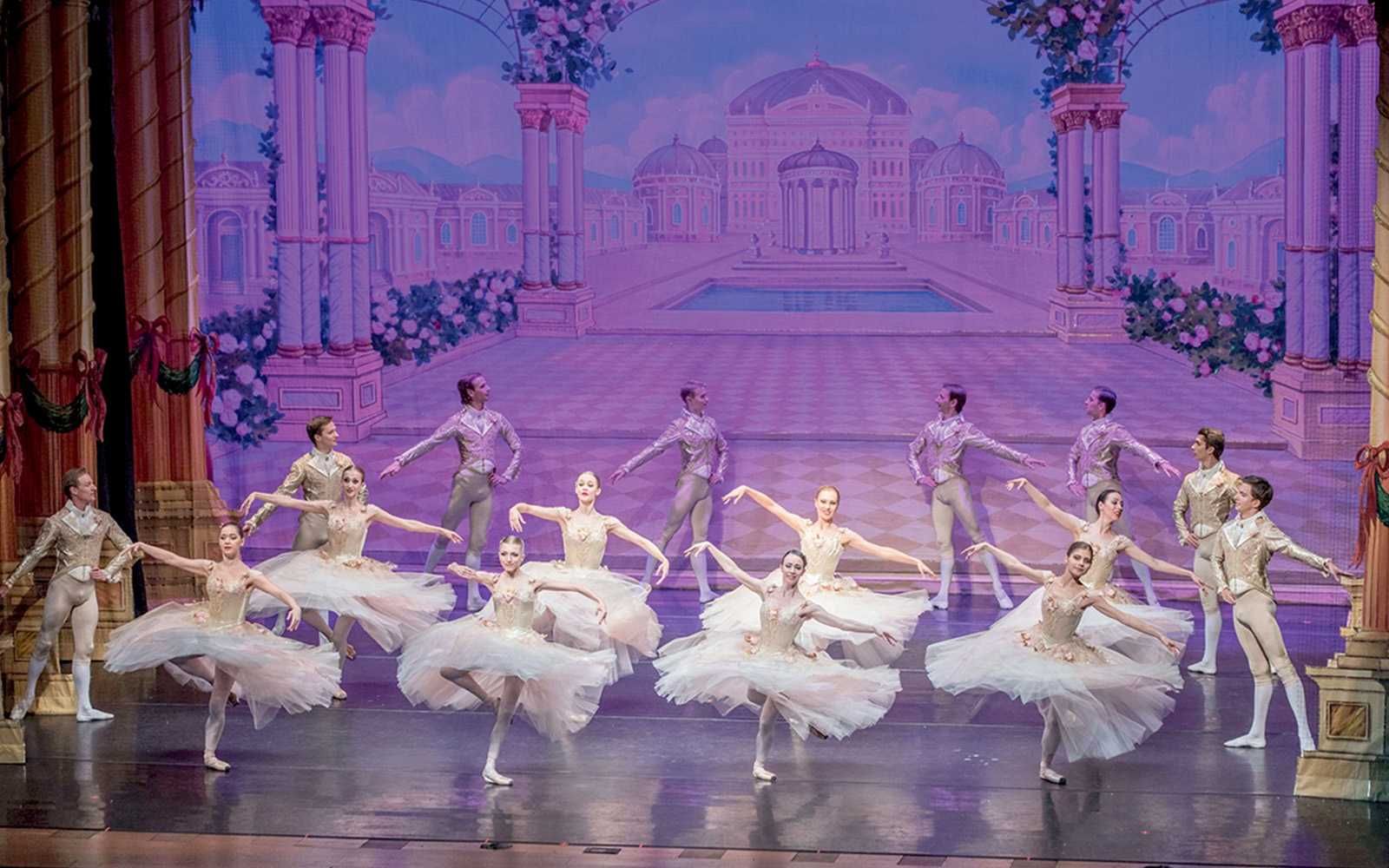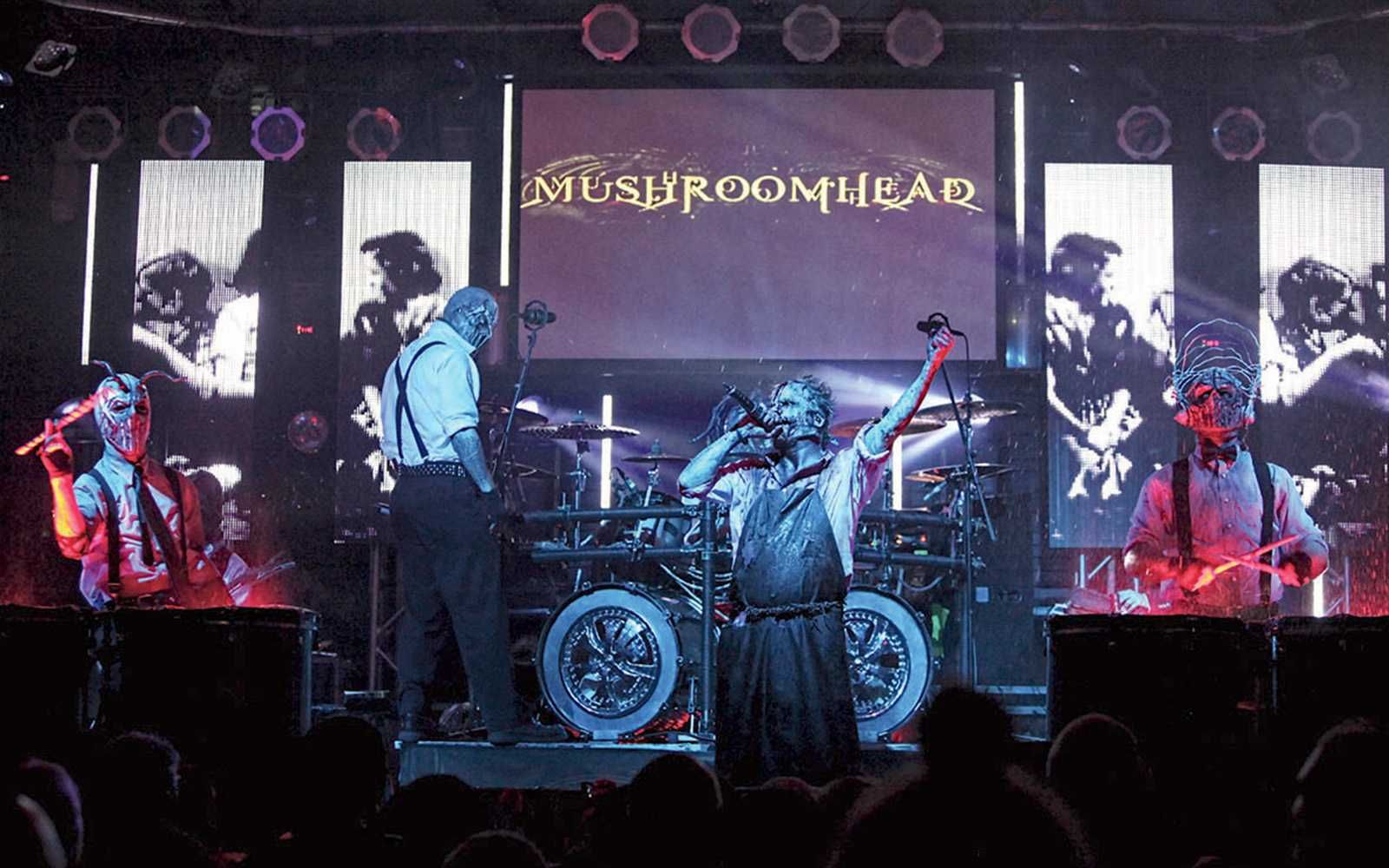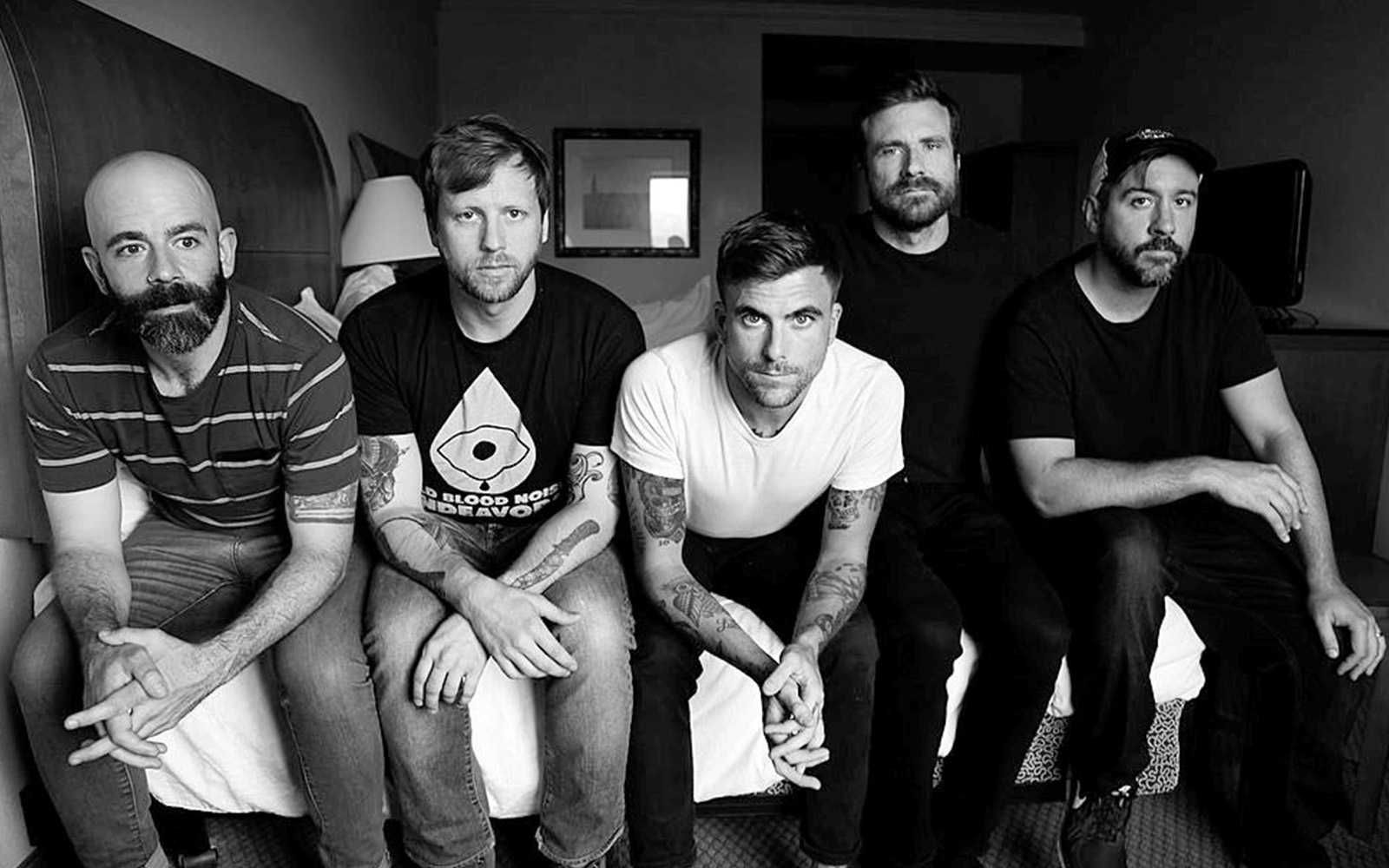In concert, Tony Bennett performs the Gordon Jenkins song, “This Is All I Ask,” which he recorded twice: in 1960, when he was 34, and in 2011, when he was 85.
There is a line in the song that gets a different reaction in 2019 than it did in 1960.
It has to do with how the song starts, “As I approach the prime of life…”
Pursuing with passion
At 93, Bennett is on the far side of most people’s definition of the prime of life and the line often gets a chuckle, which Bennett doesn’t mind at all.
But here’s the thing: Bennett believes the line.
“This is honestly how I feel about life,” he wrote in an email interview with Whatzup. “That I am just getting started.”
When a 93-year-old person continues to pursue his life’s work with passion and superior artistry, people who aren’t 93 yet but hope to get there with their wits and hips intact want to know his secret.
But most sharp and passionate nonagenarians don’t really know their secret. Their secret is a secret even to themselves.
I decided not to ask Bennett any hackneyed questions about that.
Instead, I asked him about the “bel canto” technique, a style of singing that has helped Bennett preserve his voice long past the age when other vocalists must start depending more on the charity of their fans.
“Bel canto means ‘beautiful singing’ in Italian,” he said, “and it’s often a discipline that opera singers use to keep their voices in shape.”
Bennett learned about the bel canto technique in the 1940s from New York’s American Theatre Wing.
The technique emphasized daily vocal exercises that were skipped at the vocalist’s peril. Bennett said he was warned that if he skipped one day, he would know it. If he skipped two days in a row, the band would know it. If he skipped three days in a row, the audience would know it.
Building a catalog of Classic songs
As a WWII vet, Bennett was given the opportunity to partake of American Theatre Wing offerings under the GI bill.
“My teacher knew how much I loved jazz and encouraged me to listen to jazz musicians and be inspired by their playing to help develop my own vocal style,” he said. “I loved the way Art Tatum played piano and he was such an expert in creating drama to a song and building it up so that also had an impact on the way I approached a song when I was starting out.”
Bennett performed wherever he could and eventually attracted the attention of Pearl Bailey, who employed him as her opening act at a Greenwich Village club. Bailey’s friend, Bob Hope, came in one night and expressed interest in having Bennett go on the road with him.
But Hope suggested that he shorten his name. Bennett was going by his birth name, Benedetto, in those days. Bennett wisely took the advice of the man who knew about as much about the inner workings of show business in the mid-20th century as anyone alive at that time.
He was known thereafter as Tony Bennett.
Bennett got signed to Columbia just as Frank Sinatra was departing that label. The head of A&R at Columbia, Mitch Miller, told Bennett that he didn’t want him to try to be a carbon copy of Sinatra.
Bennett said his strategy for choosing songs at Columbia was not merely to find hits. It was to try to build a catalog of songs that would stand the test of time.
“So I gravitated to only recording and performing the best popular songs I could find and that is the treasure trove that is the Great American Songbook,” he said. “These songs are timeless and will always last.”
For about a dozen years from 1951 to 1962 scored 18 Top 20 hits and had number ones with “Because of You,” “Cold Cold Heart” and “Rags to Riches.”
His Son to the rescue
By 1965, Bennett’s career had begun to suffer. Music trends emanating from the U.K., New York City’s Brill Building, and Detroit’s Motown meant that Bennett’s form of balladry was on the wane.
By the late 1970s, Bennett’s personal and professional lives had reached their nadir. He was rescued by his son, Danny Bennett, who became his father’s manager.
The younger Bennett had a simple yet brilliant idea: Why not market Tony Bennett at his quintessential best to kids who know nothing about him or the sort of music at which he excels?
The strategy worked.
Bennett performed his music on the hippest talk and cable shows at the time and kids reacted as if no one knew who Bennett was before they discovered him.
The success he had in the 1980s and 1990s playing his music for new audiences is the reason he keeps putting out Duets albums in the 21st century.
“You know, the MTV generation who first discovered my music from MTV Unplugged are now parents with kids of their own, so the music keeps getting passed on,” he said. “I like that music is no longer regulated as being for one kind of demographic — it shouldn’t be categorized so it’s a very healthy thing that people enjoy and have access to all kinds of music.”
Tweaking the Standards
As respectful as Bennett is of the musical traditions he presents and represents every night, he isn’t at all afraid to tweak the songs.
In fact, he changes them with fair regularity.
“I have always gravitated towards jazz musicians as they have such mastery of their instruments that they are able to be completely spontaneous on stage and remain in the moment, which I what I like to do,” he said. “I have a magnificent quartet on the road with me so we are able to change things around — alter a tempo to change the pace of the show — and it allows for a very creative atmosphere. So I often get asked if I get tired of singing the same songs night after night, but each show is different when you have jazz musicians in the mix.”
When Bennett isn’t on stage or in the recording studio, he paints. He has Duke Ellington to thank for his devotion to that artistic pastime.
“He encouraged me to get serious about it as he noticed that I was always sketching,” Bennett recalled. “He said it was better to do two things and not just one. So I took that advice to heart and kept at it and began to have shows in galleries. I started out drawing chalk pictures on the sidewalks of my hometown in Astoria, Queens, and now three of my paintings are part of the permanent collection of the Smithsonian Institution — I can hardly believe it!”
Bennett said singing and painting are complementary to such an extent that they combine to form a thoroughly fulfilling artistic life.
“The two balance each other very well and it’s because they are so different that they work together so perfectly,” he said. “When I sing, it is a group effort among myself, the musicians, the production crew and the audience and it’s a very gregarious undertaking in front of thousands of people every night. And when I paint, it is just myself and the canvas – completely quiet and 4 hours can go by and it feels like 4 minutes. But the best thing about it is that I never get burned out and am always able to stay in a creative zone.”
 Submit Your Event
Submit Your Event



